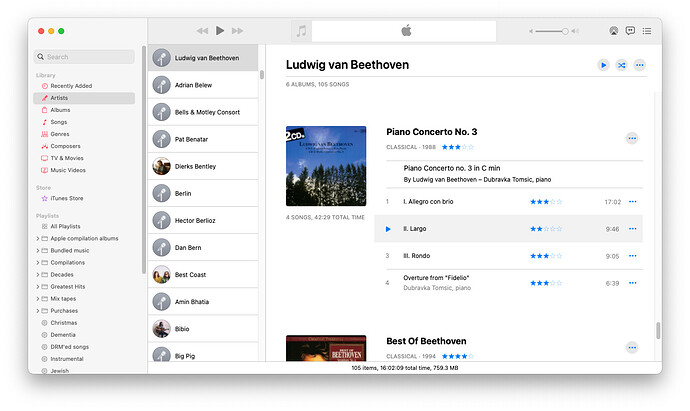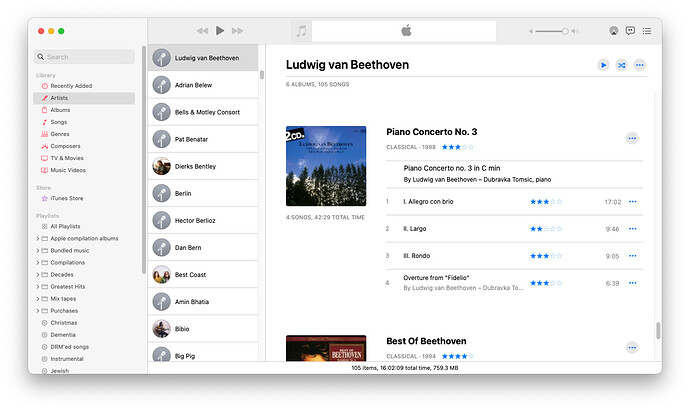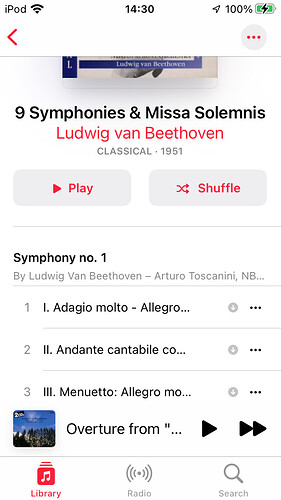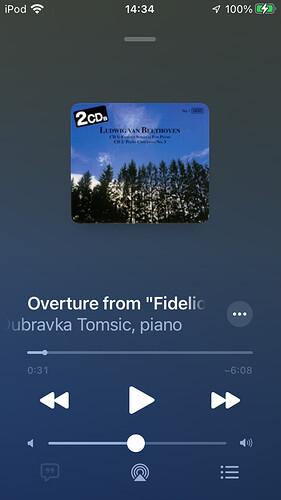You can add any genres you want. Just type in the name
IIRC, adding your own genres was an iTunes innovation. I do that extensively*, and use groupings and the other fields including ratings** in what some might consider inappropriate ways. It misses the point though. By the time I fix genres, move some data in various fields around, and check to see if any of the other data is wrong as it so often is, I’ve wasted a lot of time. If I were a good typist (and liked typing), I could do it all from scratch in the same time. If it were well structured and correct metadata instead of ‘anyone can contribute with no adult oversight’, there’d be no need for each individual to do all of that work fixing each album. If a mere million people spend only 20 seconds each fixing any one album, that’s 5555 person-hours. If they enjoy it, that’s fine. If it raises their blood pressure, not so much.
- At least I used to; it seemed kind of pointless after awhile. I have a lot of hobbies and data entry is not one of them. I still do some, mostly setting genres, but less and less with time.
** another of my pet peeves - there’s no easy way to rate a piece as opposed to the performance of that piece.




